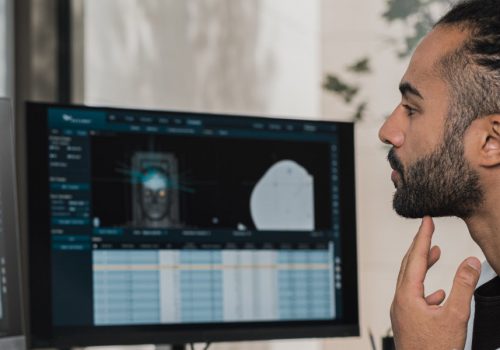In today’s digital age, cybersecurity and privacy have become increasingly important issues. With more and more of our personal and professional lives taking place online, protecting our sensitive information from cyber threats has never been more critical. The field of cybersecurity is constantly evolving, with new threats emerging all the time. To help you stay informed about this important topic, we have put together a list of books that provide insights into the world of cybersecurity and privacy.
Data and Goliath: The Hidden Battles to Collect Your Data and Control Your World by Bruce Schneier
In “Data and Goliath,” author Bruce Schneier explores the privacy implications of the massive amounts of data collected by governments and corporations. He argues that this data collection has led to a loss of privacy and a shift in power from individuals to those who control the data. Data and Goliath is a wellresearched overview of the technological changes and factors which affect our security and privacy. According to the author, technological advancements in cell phones, GPS, the Internet, and computers have created a world in which personal information has become ubiquitous and the potential of it being marketed to and sold by nascent data brokers is greater. This mass collection of data has become a concern, especially in recent years, to most individuals and organizations. The book provides a critical examination of how our personal data is collected, used, and abused by those in positions of power.
As nations rely more and more on computer technology, the risks posed by cyberattacks grow progressively more serious and important to a country’s economy and security. The book is an easy read for computer scientists, students, professionals in the field of security, or those interested in better understating cyber warfare. “Cyber War” discusses the potential for cyber warfare and the steps that governments and organizations can take to defend against it. This is an essential read for cyber warriors who need to understand the historical context around the evolution of defending any nation in cyberspace, offering valuable insight into the cyber scenarios of modern days. The authors, Richard A. Clarke and Robert K. Knake, both have extensive experience in cybersecurity and national security and provide insights into the threats facing our digital infrastructure. The authors cover important topics that concern security challenges, policies, and prior case studies of cyber warfare, to name a few. The book also provides recommendations for policymakers and individuals on how to protect themselves and their organizations from cyber-attacks.
“Sandworm” provides an in-depth look at the activities of a Russian hacking group known as Sandworm and their attempts to infiltrate critical infrastructure. Author Andy Greenberg, a senior writer for Wired Magazine, provides readers with a detailed account of the group’s activities, including their role in the 2017 NotPetya malware attack. We are led to this group of Russian cyber military super-hackers by Andy Greenberg’s eccentric writing in the book Sandworm. In order to comprehend the group’s goals and potential targets, Greenberg describes the cyber military team’s exploits throughout their brief history, as well as the malware experts that are following every lead. We witness the puzzle come together in understanding what and who Sandworm actually is through Greenberg’s story. The book also discusses the geopolitical implications of cyber-attacks and the challenges faced by law enforcement in holding cybercriminals accountable. The author talks about the people he visited and spoke with, giving us an understanding of who they are and how they handled the cyberwarfare in their own nations. He conducted a great deal of research, taking the reader with him every step of the way.
Cyber Privacy: Who Has Your Data and Why You Should Care by April Falcon Doss
An informative and clearly written book tackling the collection of data, by the government and the private sector, to answer your questions on who has your data, why you should care, and what you can do about it. This is an expertly researched guide on the ways your online presence puts you at risk and the ways you can take measures to protect your privacy, online presence, and identity. The author takes the time to provide a walk-through of data privacy origins and the potential impact of our penchant to overshare and its impact on our security. The author develops and complements questions related to personal data use, and not only, raising the question and concern about people’s interest in their rights online. It is a comprehensive examination of the way corporations, governments, and social media acquire and use your digital data, and it is a current read, in that it examines issues such as COVID-19 contact tracing, facial recognition technology, and intelligence surveillance of foreign terrorists. This book is equally valuable for the layperson and the expert.









